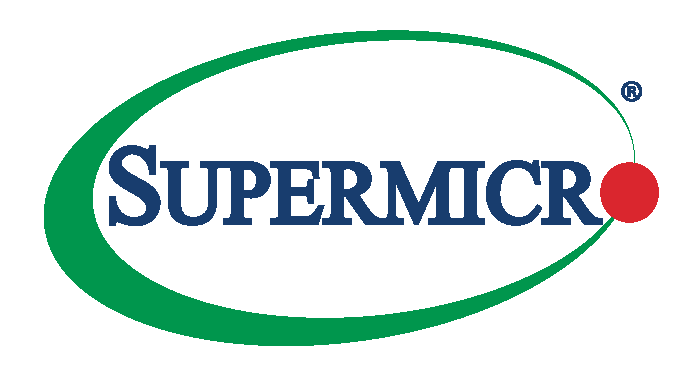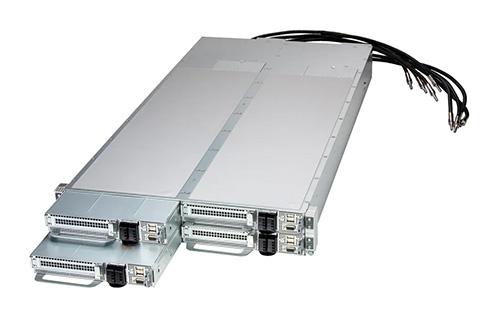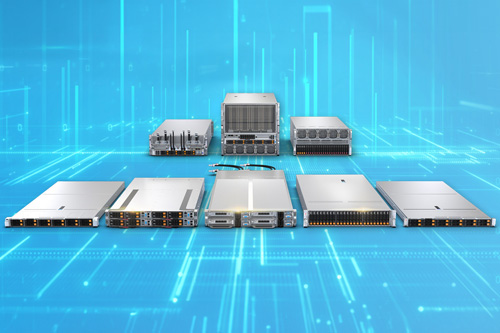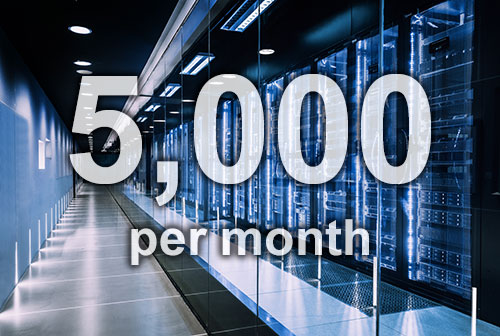When it comes to servers, faster is just about always better.
With faster processors, workloads get completed in less time. End users get their questions answered sooner. Demanding high-performance computing (HPC) and AI applications run more smoothly. And multiple servers get all their jobs done more rapidly.
And if you’ve installed, set up or managed one of these faster systems, you’ll look pretty smart.
That’s why the latest benchmark results from Supermicro are so impressive, and also so important.
The tests show that Supermicro servers powered by the latest AMD processors are up to 9 times faster than a previous generation. These systems can make your customer happy—and make you look good.
SPEC Check
The benchmark in question are those of the Standard Performance Evaluation Corp., better known as SPEC. It’s a nonprofit consortium that sets benchmarks for running complete applications.
Supermicro ran its servers on SPEC’s CPU 2017 benchmark, a suite of 43 benchmarks that measures and compare compute-intensive performance. All of them stress a system’s CPU, memory subsystem and compiler—emphasizing all three of these components working together, not just the processor.
To provide a comparative measure of integer and floating-point compute-intensive performance, the benchmark uses two main metrics. The first is speed, or how much time a server needs to complete a single task. The second is throughput, in which the server runs multiple concurrent copies.
The results are given as comparative scores. In general, higher is better.
Super Server
The server tested was the Supermicro H14 Hyper server, model number AS 2126HS-TN. It’s powered by dual AMD EPYC 9965 processors and loaded with 1.5TB of memory.
This server has been designed for applications that include HPC, cloud computing, AI inferencing and machine learning.
In the floating-point measure, the new server, when compared with a SMC server powered by an earlier-gen AMD EPYC 7601, was 8x faster.
In the Integer Rate measure, compared with a circa 2018 SMC server, it’s almost 9x faster.
Impressive results. And remember, when it comes to servers, faster is better.
Do More:
- Read the Product Brief: Supermicro H14 Servers Excel at Industry Standard Benchmarks and AI Innovation
- Get to know 5th Generation AMD EPYC server processors
- Download a Supermicro data sheet: Hyper SuperServer AS -2126HS-TN












